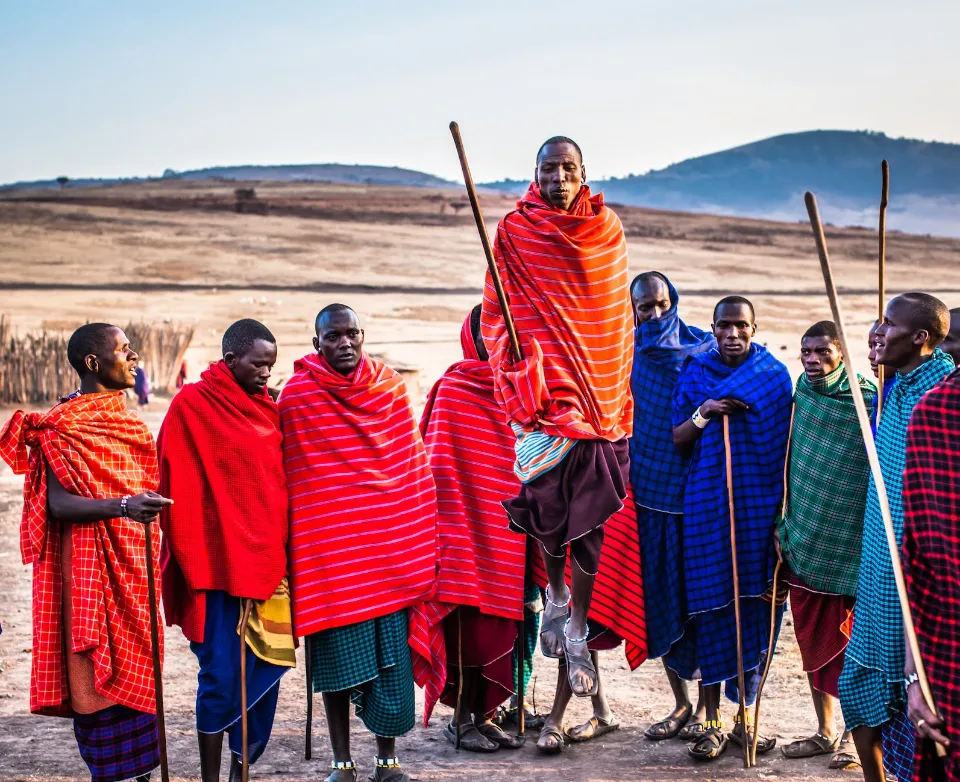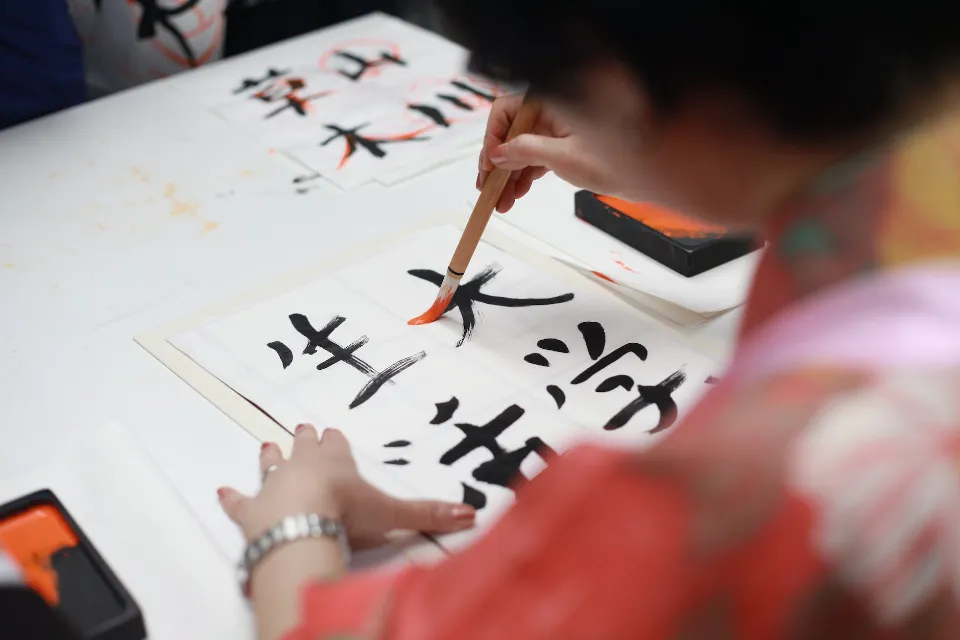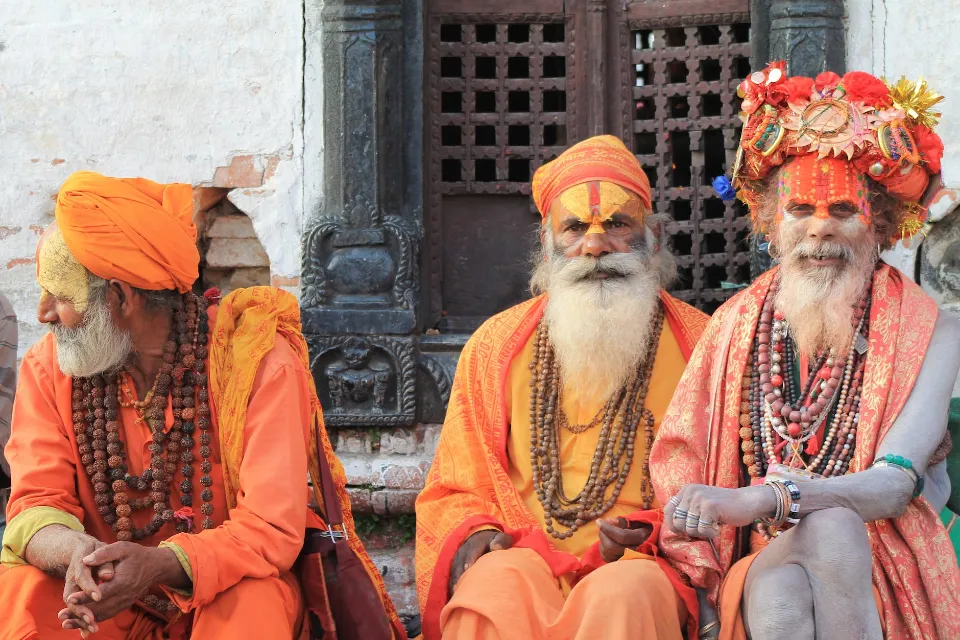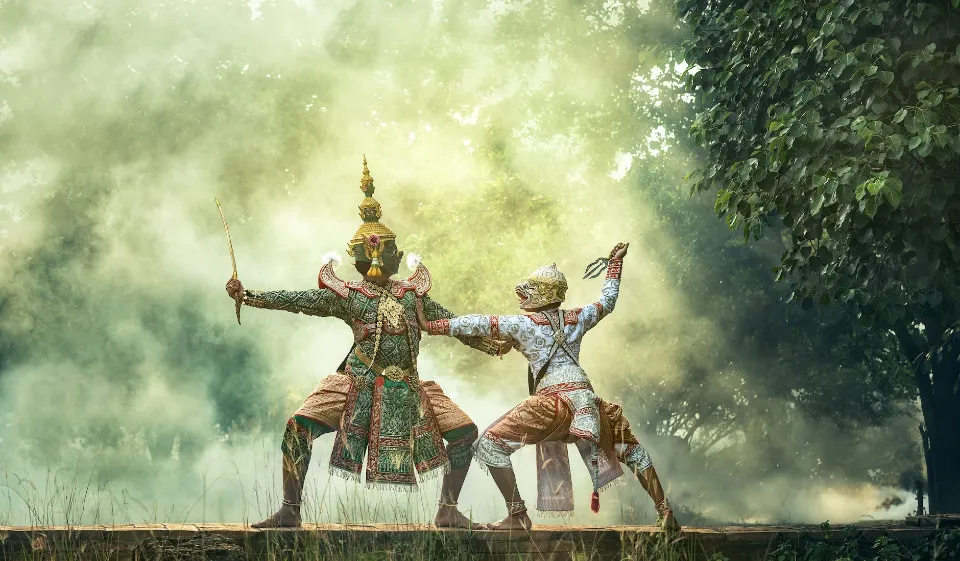Here is a brief guide to the elements of culture which can be easy for teachers to explain to students.
Culture is the essence of the intellectual or artistic achievements of a certain group of people. The various cultural components are made up of these accomplishments. Different places have different cultures.
Our customs, languages, traditions, holidays, dietary habits, and works of art and architecture are examples of cultural components. Our cultural identities are influenced by a variety of subtle factors. But the aforementioned components can aid in visualizing some of the fundamental tenets of any culture.
Please read this blog to discover what makes up culture.
Norms
Norms as elements of culture are the rules and the guidelines which specify the behavior of an individual. A person remains within the confines of society and its culture thanks to norms. We are given limitations regarding what we can do and cannot do. Our behavior is shaped by it, and it teaches us what is right and wrong. Norms can be divided into:

- Folkways. Folkways are the people’s straightforward customs. It is what people do on a regular basis within a culture. Folkways are the accepted or acknowledged ways of acting. These are the typical behaviors that people exhibit throughout their daily lives.
- Mores. The Latin word mores, which means “customs or beliefs in accordance with a group customary expectation,” is the plural form of the noun mos. It is the “must” behavior of a person. Mores refers to “what ought to be and what ought not to be.” Although they are informed like folkways, mores are serious norms. They have a serious impact on a group when they violate social norms and pose a threat to order. Infractions of mores may result in both formal and informal punishment.
Symbols
Symbols are components of culture that are non-material. The meanings associated with symbols make them important. The American flag’s colors of red, white, and blue stand for liberty and democracy, while other flags’ crowns and tiaras are emblems of royalty in many cultures. The flag is a good example of cultural symbolism. Other examples include:
- Police Uniforms – The flashing lights above the police car and the police badge both signify one’s authority to enforce the law against citizens.
- New York Yankees Logo – Many people use the logo of the baseball team the Yankees to show their pride in and heritage from New York, proving that even a logo can represent someone’s culture.
Languages
Most cultures are brought together by a common language and way of speaking. Regional dialects do exist, though, even within languages (like English or French). And it’s here that cultural expression is frequently at its strongest.
Within a particular cultural group, for instance, we frequently identify common euphemisms. American culture has euphemisms like:
- A home run – This baseball idiom means to have an amazing success. Baseball is the source of this.
- It grinds my gears – a polite way of saying that something has you irritated. They thought it was funny that I used this phrase when I lived in England!
- Monday-morning quarterback – This person assesses an event with the benefit of hindsight after the fact. US Football is where I got this.

By contrast, Australian culture has its own euphemisms:
- Flat out like a lizard drinking – To be very busy.
- Chuck a sickie – to make a day-long sick leave from work.
- You little ripper – an exclamation used to express excitement.
Festivals
Cultures often celebrate their uniqueness and identities through festivals. The festivals often show off the clothing and outfits of a culture, as well as the food and music. Additionally, religious beliefs or superstitions are frequently (though not always) the focus of cultural festivals.
An example of a cultural festival that’s linked to superstition is Día de los Muertos, a festival in Mexico designed to celebrate and commemorate deceased loved ones. Festivals in the United States, like the well-known Burning Man festival, are frequently centered around music.
Rituals and Ceremonies
Cultural rituals and ceremonies are similar to festivals but often have a more solemn and commemorative element. In the United States, we could consider Veteran’s Day to be an important national ritual to remember fallen soldiers. Despite not being religious, this is still very significant to the national culture.
Another common ritual is to lower a flag to half mast as a sign of mourning. Rituals, however, can also be entwined with other aspects of culture, such as religion. For example, when someone does, we often have a funeral for them. A church or other place of worship is typically where this occurs. In India, cremation is frequently a much more important part of the funeral ritual than it is in Western countries.
Values
Our values are anything that is given significance in our daily lives. While a person is a member of society, values are produced socially and not biologically. Culture affects values. Values differ in every social situation because culture varies from society to society. Values in our society are a person’s good ideas and way of thinking as opposed to what we like or what we declare to be right.
Some values are hereditary which we gain from our elders, books, and parents. The culture is rich in values that can be passed down from one generation to the next. Natural objects acquire value when they acquire meaning.

Beliefs
Every sect within a culture has some culturally protective beliefs. These ideas are in charge of the spiritual satisfaction of needs and desires. Muslims hold the following beliefs: God, the Holy Prophet, the Day of Judgment, the recitation of the Holy Quran, the Hajj, etc.
Sikh wear a bangle in one hand, bear a long beard, keeping a dagger. Cross for Christians and a necklace or a cotton thread around nick, the water of Ganga and are sacred for Hindus.
Cognitive Elements
Culture has cognitive components that help people understand how to function in a given social environment. How to survive, how to make a shelter from storms and other natural calamities, how to travel and transport etc. are the practical knowledge that make a culture. Every generation carefully considers the transmission of such knowledge.
Pastimes
Each culture has its own distinctive pastimes. These often revolve around sports but also could include activities like hiking and following certain television shows! Baseball is called “America’s Pastime” because it’s so popular in the United States.
Video gaming is another pastime (or rather, subculture) in South Korea. Due to its enormous popularity there, it has come to be associated with South Korean youth. In the 21st Shared interests are playing a bigger role in uniting dissimilar people to form cultural groups in the twenty-first century, where subcultures and countercultures are emerging online via digital media, such as cosplay and blogging cultures.
Food

It is common for different foods and diets to appeal to different cultural tastes. Pizza, pasta, and coffee are three staples of famously Italian culture. Sushi, other seafood dishes, and salmon-based cuisine are staples of Japanese culture.
Mexican culture is well-known for its spicy foods and tacos. Interestingly, the south of the United States has appropriated parts of Mexican culture into its own cultural dishes, often considered Tex-Mex. Culture is being diffused in this case.
Architecture
You can see various architectural influences in various nations when you travel the world. This demonstrates how culture influences architectural choices. There is a lot of solid concrete architecture, tall buildings, and grey colors in the former Soviet Union. The architecture here reflects the communist political ideology that was predominant in Eastern European culture in the mid-20th Century.
Older Gothic architecture can be seen in Prague and other Eastern European cities. This architecture stems from the Goths who were the dominant culture in the region in the late Middle Ages.
Taboos
Things that are taboo within a culture are those that are shocking or shameful. Not tipping the waitress is an example of an American taboo. You would be looked down upon severely if you didn’t tip the waitress.
Tipping is not a cultural practice in some countries, such as New Zealand. A New Zealander visiting the US might experience some culture shock as a result. Men wearing shorts in Morocco is another example of a cultural taboo. Although shorts are frequently viewed as being too casual in Morocco, especially by older generations, Westerners might find it quite normal.
Sports
Sports aid in fostering cultural cohesion. They can also assist us in crossing cultural boundaries to understand others.
Cricket, for example, is very popular in India, and a prominent cultural pastime. But it is also shared by Australia, connecting many people who would otherwise be disconnected—those who would identify as ethnic Hindus and those who would identify as ethnic Western Christians.

Baseball and American football are two sports that define American culture, at least where we live. Association football (soccer) is hugely popular in many cultures around the world, which is why it has the nickname “the world game”.
Clothing and Outfits
The clothes we wear might be considered normal in our culture but strange or even “dress-up” in that of another. For instance, men frequently don the traditional shalwar kameez in Pakistan, whereas, in Western settings, they might don a suit jacket and tie.
In Western culture, dresses are quite traditional for women, whereas hijabs are frequently worn by women in some Islamic cultures. When people gather to celebrate their traditions at festivals and ceremonies, you might see them wearing this traditional clothing.
Music
Unique music tastes and preferences become dominant in some cultures. Southern USA culture embraces country music, for example, while the UK is famous for its pop-rock music stemming from the influence of the Beetles.
Japanese string instruments like the shamisen, shakuhachi, or koto are used to play traditional instrumental music, so head to Japan to hear it.
Summary
A culture is made up of many different components, such as society’s values and beliefs. Culture is also governed by norms, including laws, mores, and folkways. Culture develops and is communicated primarily through the symbols and language of a society.
This demonstrates how culture is mutable and challenging to categorize. Each generation brings about a different change. Nevertheless, by looking at examples of the elements of culture, we can reflect on how many complex elements intertwine to create cultural identities.

